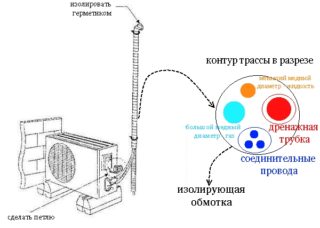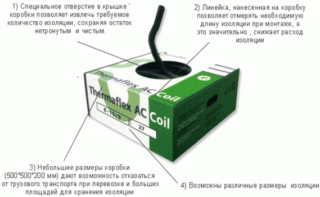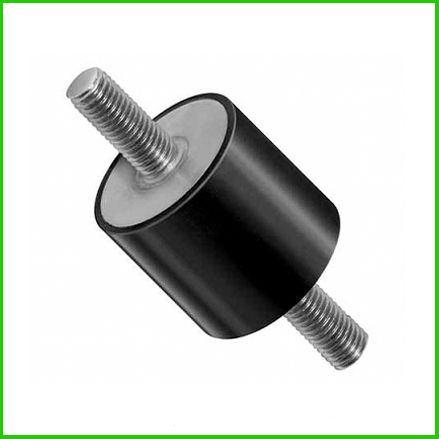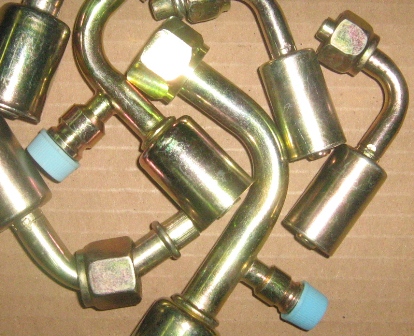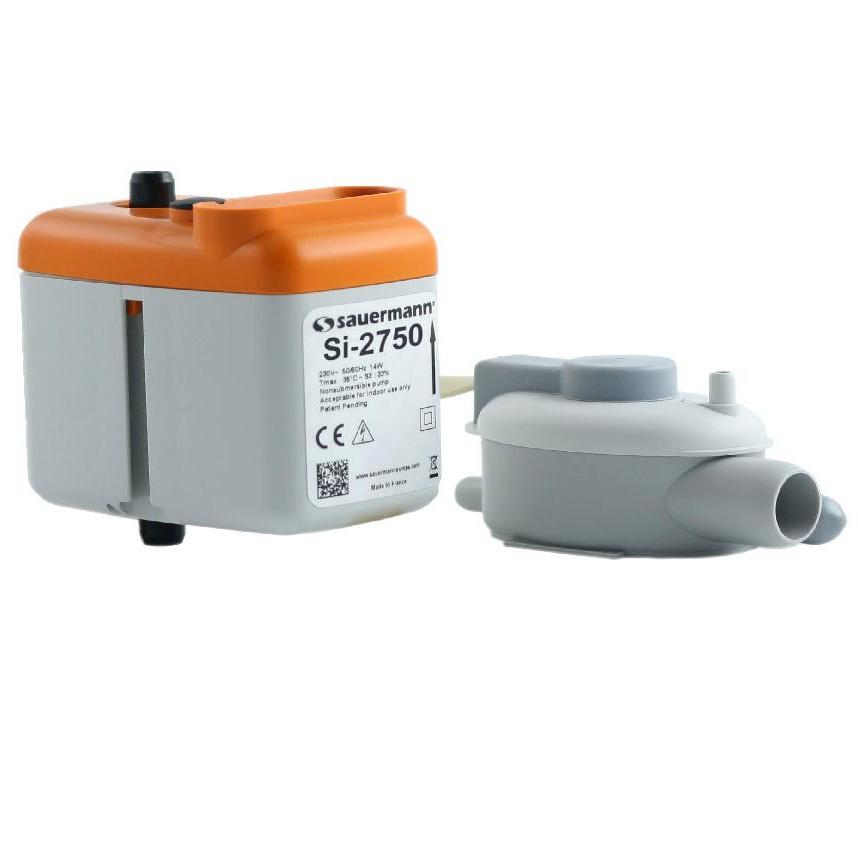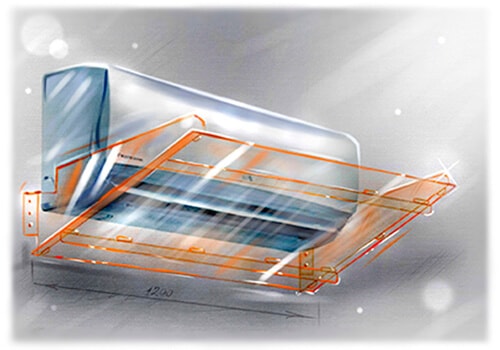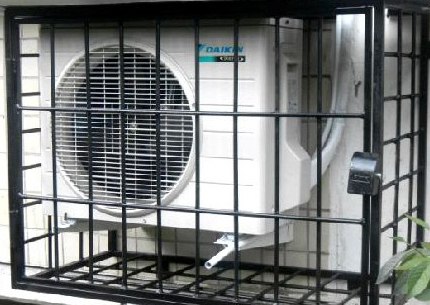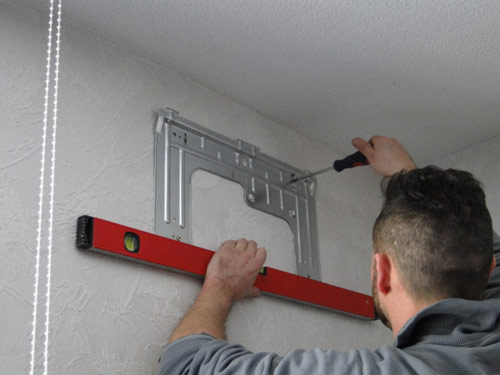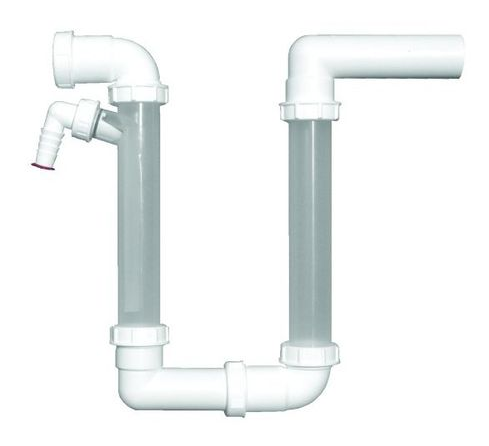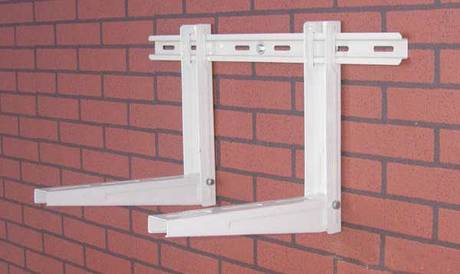It is possible to increase the performance of the air conditioning system by insulating the freon line. It is important to know what materials should be used and how to carry out the work so that the thermal insulation for the air conditioner pipes is as effective as possible.
Features of the insulation of the air conditioner track
Thermal insulation of freon lines is also carried out in order to prevent the loss of power of the device - part of it leaves through the heat transfer of the route. When the protection is installed, no condensation forms on the surface of the pipes.
Insulation should start from the external block of the split system. It is necessary to step back 2-3 cm from the return nut so that it can be easily tightened to the fitting on the outer element. Subsequently, this gap is sealed with vinyl tape. Usually, the length of one insulation is enough to cover part of the route near the external block, as well as in the wall of the house. As a result, the first seam of insulation is formed in the room.
To securely fix the heat insulator in the pipe, it is glued with a sealant at the joints. Insulation connections in the room are washed from above with vinyl tape.
The electrician, copper pipes and drain hose are placed in the corrugated pipe. If the communications in the room are closed with a decorative box, the use of an insulating winding is not required.
Air conditioner insulation procedure
The size of the thermal insulation layer for split systems depends on the diameter of the pipes. In apartments, pipes are usually insulated with a material with a thickness of 6 mm. For this purpose, a non-porous synthetic rubber is chosen. The composition is not afraid of water, fireproof and counteracts the spread of flame in case of fire. Pieces of insulation are connected together with vinyl tape.
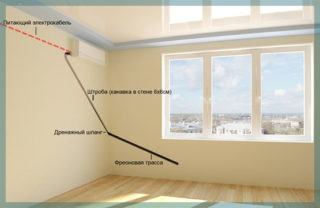
It takes a lot of time to insulate the copper pipes of the split system, since it is necessary not only to wrap the elements of the route with the appropriate material, but also to place them in a pre-drilled hole in the wall. These actions are performed in a specific sequence:
- Calculations are in progress. They are needed to determine where the system will be placed. Also, thanks to preliminary measurements, you can take into account the location of the air conditioning units. The markings are made along the wall, and then the strobes are made.
- After grooving, the construction of the track is prepared. It is necessary to unwind the coil with the tubes and put the insulation material on them. It is better not to bend the pipes too much so that they do not break and the tightness of the route is not broken.
- After preparing the route, it is laid in the channels in the wall. Attach the system to the mounting tape and dowel nails.
- After installing the entire system, the strobes are covered up, returning them to their previous appearance. Now you can install the air conditioner units and carry out a test run.
When insulating the track, it is better to crimp it. It is necessary so as not to damage the installed system during finishing work. Additionally, a monometer can be installed on the track to always know the pressure in the system. This measure reduces the risk of refrigerant leaks.
Isolating the interconnect route reduces energy costs. If you do not insulate the line with freon, the climatic equipment will operate with reduced performance. In addition, condensation on the pipes can damage the connecting elements.
It is better to insulate the track before all the connecting elements are installed. The main thing is to choose the right material size, taking into account the diameter of the tubes. The copper element is pushed into the heat insulator to the boundaries of the joints with the nuts. The heat insulator protects the track from damage in the strobe during thermal expansion.
Features of Drain Hose Placement:
- The hose is laid in one groove with the freon tubes. In this case, the route is carried out under a natural slope towards the drainage of the accumulated condensate.
- Drainage is carried out separately from the main route - for such a case, an explicit slope is created only for the drain hose. Freon pipes can be laid out of level. They are often held along the ceiling.
- If gravitationally it is impossible to drain the drainage from the split system, use a special pump that removes the condensing liquid under pressure.
When marking the strobe for the track, it is necessary to avoid sharp turns with a negative angle.
Insulation materials
- L'Isolante K-FLEX. The material is elastic and flexible. It is made from closed-cell foam rubber. Its performance characteristics allow it to be classified as a high-quality product. Low vapor permeability and thermal conductivity ensure the ease of use of the material. It features high corrosion and fire safety.
- Energoflex. They are often used to insulate air conditioners' track. The range of products of this brand is quite wide. The presented material has a closed-cell surface.
- Thermaflex. It has a lot in common with L'Isolante K-FLEX products.
Insulating the copper lines of the split system, it is necessary to monitor the tightness of the joints of the material.
For external insulation, it is important to choose a material that is not afraid of ultraviolet radiation, and is also capable of retaining its properties at sub-zero and high temperatures. These properties help protect copper tubes from external factors.
Criteria for choosing thermal insulation for copper lines:
- The reliability of the insulation. You should not save on consumables when installing the device, as this may affect its service life.
- Insulating surface area. The tubes are completely insulated. Fittings are also securely closed - this way you can avoid the appearance of wet spots.
- The presence of seams - their number should be minimal. The joints are carefully sealed.
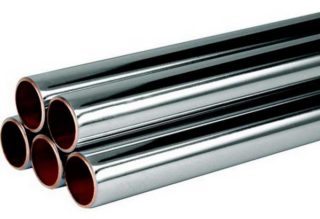
For convenience, cables, drainage and insulated copper lines are placed in a corrugated pipe.
Replacing the air conditioner drain pipe is no different than installing new copper pipes. The main condition that must be taken into account is the timely shutdown of the branch pipes and the discharge of the refrigerant. It is important to be careful when working with freon, as it can negatively affect the skin. Replacing a copper track is similar to laying a line when installing a split system.
For modern air conditioning systems, a new type of material is used - chrome-plated furniture pipe. It is highly durable and efficient. The main disadvantage of the material is that with minor mechanical damage it will have to be re-chrome plated.

